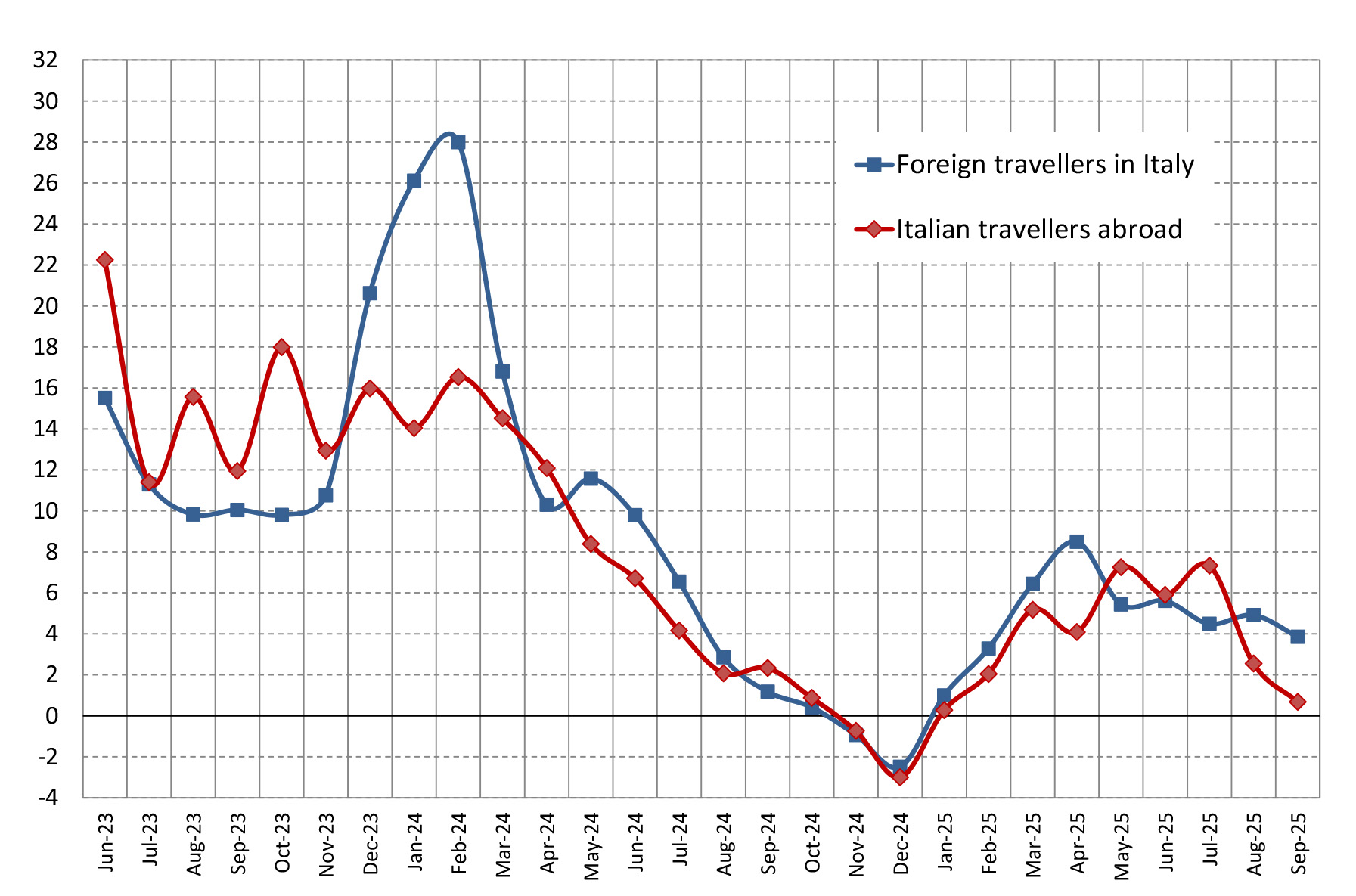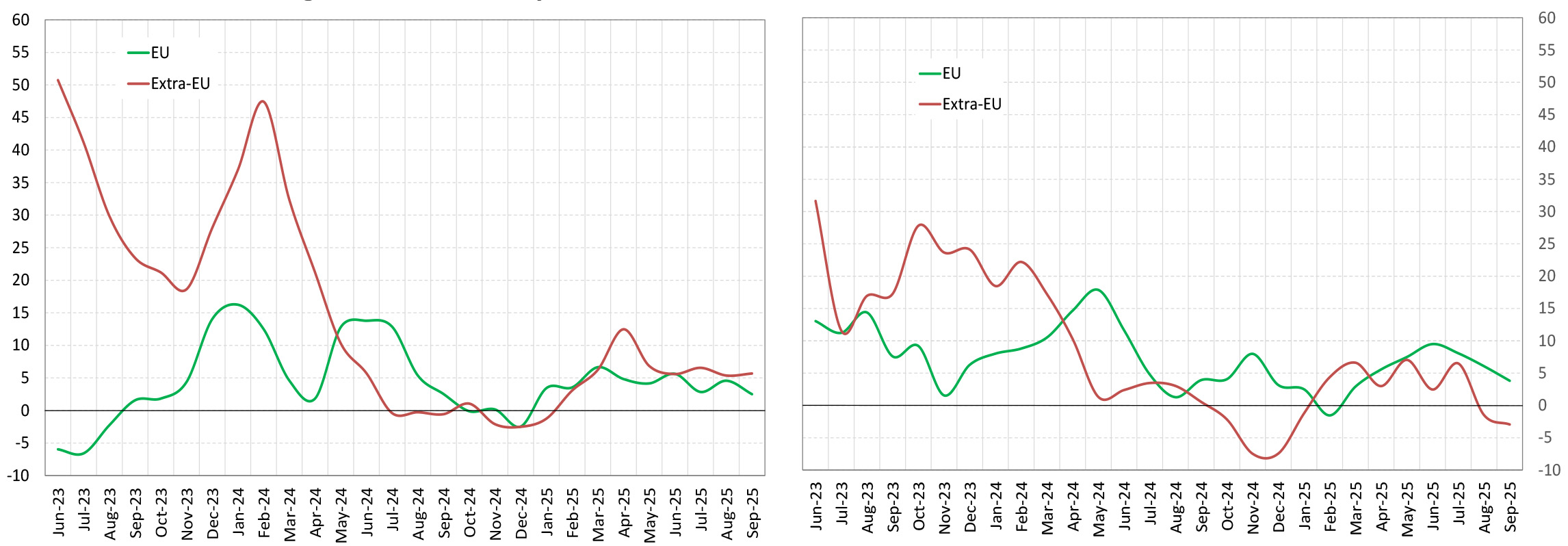Banca d'Italia has been conducting since 1996 a survey on international tourism primarily to collect information for compiling the 'Travel' item (which includes goods and services acquired from an economy by non-residents during visits to that economy) and the 'Passenger transport services' item in Italy's balance of payments, in line with the methodological conventions laid out in the sixth edition of the IMF's manual (BPM6). The survey is based on interviews and counts of resident and non-resident travellers at the Italian borders (road and rail crossings, international ports and airports); it is integrated with administrative data and, since end-2020, with mobile phone data, where available.
The survey also serves as a useful database for operators in the tourism sector and researchers, thanks to the wide range of analytical data provided alongside those gathered strictly for balance of payment requirements. The data are available on this website both in aggregate form and as microdata.
Monthly brief on international tourism
Last September, Italy's tourism balance of payments recorded a surplus of €3.0 billion, an increase of €0.3 billion compared to the same month in 2024. Inbound tourism expenditure (€6.1 billion) rose by 2.9 percent, while outbound tourism expenditure (€3.1 billion) fell by 2.3 percent.
Overall, in the third quarter of 2025, both flows continued to grow compared to the same period of the previous year (Figure 1), driven by holiday travel. The increase in spending by foreigners in Italy (3.9 percent) was due to a higher number of tourists, which was in turn partly linked to the Jubilee, despite a slight decline in average spending; although more modest, the rise in spending abroad (0.7 percent) was also due to a greater number of travelers. The increase in tourism receipts was mainly driven by travelers from non-EU countries compared to those from EU countries (5.7 versus 2.5 percent; Fig. 2, left panel). Conversely, tourism expenditures increased for European destinations but declined for non-EU countries (3.8 and -2.9 percent, respectively; Fig. 2, right panel).
Fig. 1 - Italy's inbound and outbound tourism expenditure
(3-month moving averages; year-on-year percentage changes)

Fig. 2 - Italy's inbound and outbound tourism expenditure by geographical area
(3-month moving averages; year-on-year percentage changes)



 YouTube
YouTube
 X - Banca d'Italia
X - Banca d'Italia
 Linkedin
Linkedin
